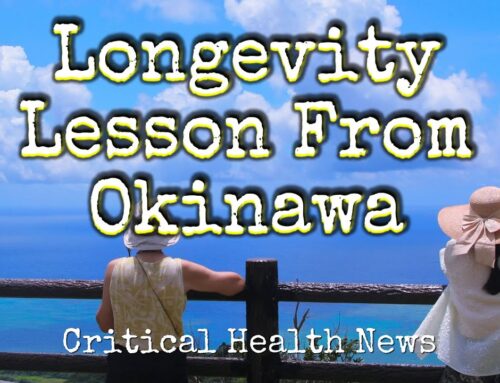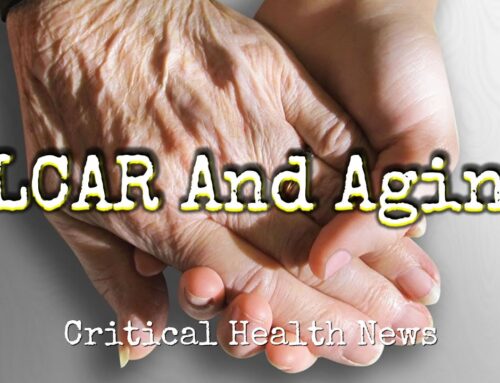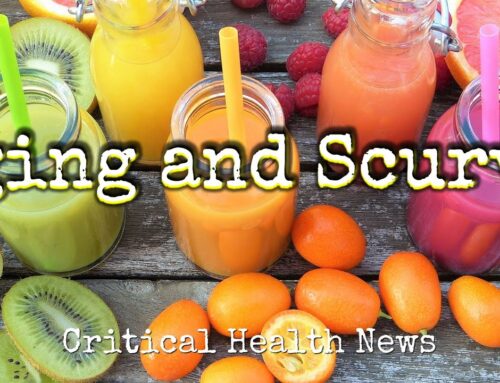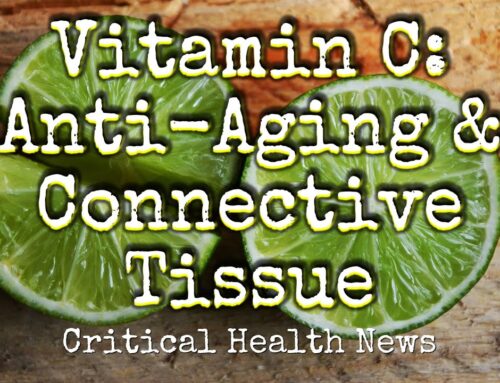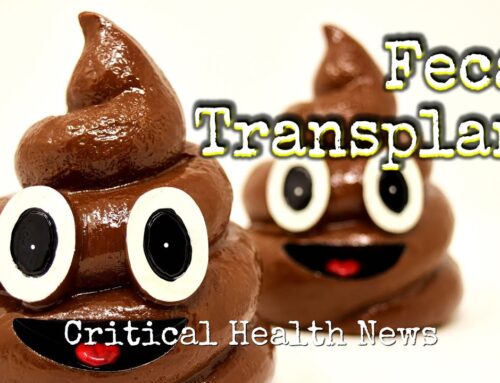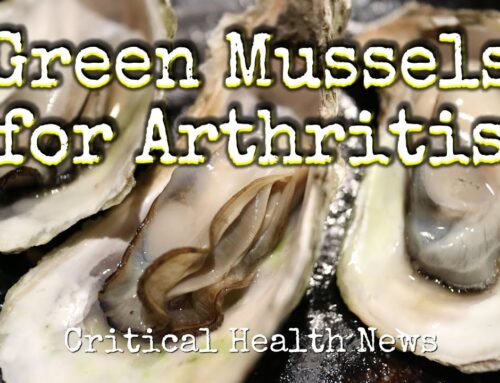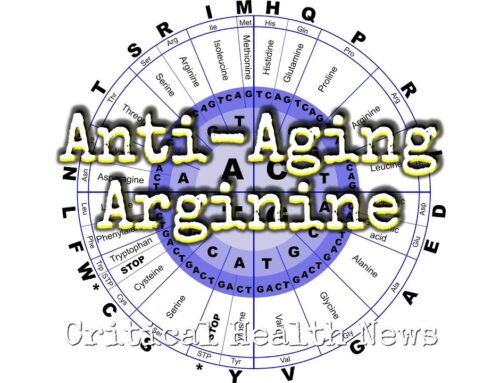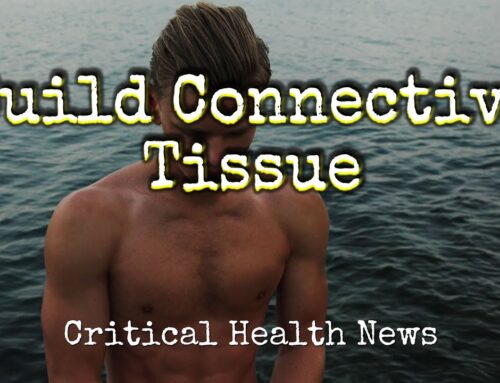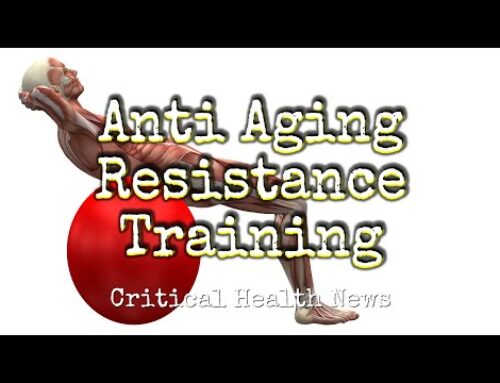Did you know?
Plain old gelatin can, taken in capsules or powder, improve digestion, soothe ulcers and improve the symptoms of heartburn and acid reflux .
In a world of oddball animals like giraffes with 30 foot necks, color changing chameleons and serpents that see with their tongues, nothing beats the syphoza for sheer strangeness. Known more commonly by its descriptive (if not entirely accurate) common name, the jellyfish, the intelligent (relatively) gelatinous blob is not a fish at all, but a primitive ocean denizen that has floated the seas for over a half a billion years and is considered to be the world’s oldest multi-organed animal. While there are thousands of different species of jelly fish that come in nearly infinite variety of shapes and colors all are skeleton free and composed of 1 percent solid material that somehow incorporates a solution of 99 percent ocean water.
Scientists call substances that are made up of ordinary sloshy water somehow trapped in an organized, semi-solid jelly like structure “gels” and nature is filled with examples. In addition to the jelly fish, citrus pectin, ocean algae and the squishy stuff in our earlobes, are all types of biological structures that can be classified as gels.
The most fundamental gel structure in biology is the living cell. Contrary to its typical presentation in textbooks as an open circle with sub-cellular things inside, a cell is a gel composed of fluid and little submicroscopic organs (called organelles) that perform the various functions, including locomotion, production and secretion of chemicals, detoxification and energy production. There are literally hundreds of thousands of organelles inside a cell and each of them functions as a water attracting particle. The combination of cellular fluids trapped by these water magnets creates a little blob of jelly, which is exactly what a cells is. And this slippery, slimy quality allows cells to morph and mature, to basically shape shift, while at the same time maintaining a certain stability. This makes them extraordinarily responsive to their environment. It also makes them mobile, allowing them to locomote by propelling themselves via various bodily fluid highways.
Molecules that form gels, called gelling agents, are among the most common chemicals on earth. In fact, three of the most abundant are all capable of forming gels when combined with fluids. Cellulose, which is produced by all plants and makes up most of their cell walls, is THE most abundant organic compound on earth. It’s a long chain, made up of lots of the simple sugar glucose, and is called a “polysaccharide”. When modified it forms a wonderfully effective gelling agent that is considered a go-to gellifier for the formation of numerous cosmetic and medical products. Check out the ingredient deck on your favorite skin care lotion or cream and the odds are pretty good you’ll find hydroxyethyl cellulose or perhaps methyl cellulose, inexpensive and highly effective ingredients that readily form stable and very bouncy gel products.
A second biological compound found abundantly in nature is called chitosan. It’s found in shells of insects and shellfish. Similar to cellulose, it’s a polysaccharide, although somewhat more complex than those found in the plants. Chitosan is prized in the medical industry for its tremendous healing properties. When added to water it readily forms gels that can be used to enhance the growth of new skin tissue to accelerate recovery from burns. Chitosan also has anti-microbial properties making it even more valuable as a healing gel for broken burnt or otherwise traumatized skin. And recently, an inject-able anti-cancer bio-gel composed of the crustacean compound has been shown to be an effective vector for delivering chemotherapeutic pharmaceuticals directly into tumors.
An even more complex gelling agent is collagen, contained in large quantities in most higher order animals. Although like cellulose and chitosan, it’s found abundantly in the natural world, unlike the former polysaccharide gelling agents, collagen is a protein composed of amino acids. Collagen gels are used by scientists as seeding agents for tissue engineering applications. By placing stem cells into collagen gel matrixes, which are then incorporated into burnt or otherwise damaged skin, freshly fabricated fibers can be laid down right into the wounded tissue. Medication can also be incorporated alongside stem cells further enhancing the gels therapeutic value.
Skin care products often take advantage of gellificiation. In addition to lotions and creams which typically contain a combination of wax, oil and emulsifying agent, in addition to a gellifier like cellulose, some products are outright simple gels. If you add say 1-2% gelling agent, to plain old water you can make a basic moisturizer, especially if you add in some glycerin or a drop of honey.
One of the coolest skin health ingredients is a breakfast cereal, it’s called colloidal oatmeal. Oatmeal has a long track record of skin treatment effectiveness and has been used to soothe rashy, broken skin and relieve itching for centuries. In the 1940’s processing machinery was developed that could grind oat particle into a fine colloidal powder that would readily formed gel-like consistencies. This processing technique also released the nutrients in the oat grain, including moisturizing and calming Vitamin E, anti-oxidant phenols and an anti-irritant molecule called beta glucan, allowing the skin to access them with a greater facility than had been the case historically. The active ingredient in oatmeal can also help accelerate healing from burns and skin ulcerations as well as pressure and bed sores.
Gels also make great masks. In fact, most powdered “just add water” masks are polysaccharide rich algae (among the most gel-like of all substances on the planet). Other masks are made with clays which form another type of gel material known as a colloid. Then there’s egg masks, made with the most abundant of biologic proteins, albumin, the same stuff that gives blood it’s gel like consistency.
But gels are far more than mere biological curiosities, cosmetic concoctions and topical tools for therapy. When eaten, they provide wonderful nutritional support too. It takes a lot of energy for all that water to be trapped in a semisolid form and that energy is readily transformed to the organism that consumes it. This makes them especially helpful for the health of the rapidly reproducing cells of the skin and the digestive system, which are especially dependent on energy. Orally ingested gels from seaweed can be used to improve healing of digestive ulcers and leaky gut syndrome. When it comes to the health of the dermis, polysaccharide rich foods can help improve the production of collagen fibers, moisture factors and the cells of the skin’s built in immune system.
Gram for gram the most powerful foods in the world are gels. Plankton, a type of single cell gel that floats on the ocean, are incredibly nutritious and contain enough nutrients to live a pretty healthy life. That’s why the largest creatures on the planet subsist on little else. Living foods like oysters and sprouts are composed of gels. And, the most well-known of nutritional gel, gel-atin, which is composed amino acids and water, has been prized for its tissue healing properties for centuries. Ancient Chinese medical texts described it’s use as an astringent for nose bleeds and the 12th century physician Maimonides identifies it in a soup format as medicine for treating colds. One of my favorite nutritional gels is made with silica, a powerful mineral that readily forms a thick jelly called Liquid Silica Gel (LSG) that has powerful bone building properties. LSG can be used to prevent osteoporosis and speed healing of broken bones too. It also has anti-aging properties and can be used to prevent or perhaps even reverse wrinkle formation. And liquid silica gel may help stimulate the growth of nail and hair tissue too.
You can make your own nutritional gels by simply adding gelling agents to water and drinking them down. Collagen and gelatin is readily available; add a teaspoonful to water and drink down daily as an inexpensive tissue building anti-aging supplement. You can also use dry gelling powders on their own in capsule or powder form. Empty gelatin capsules can be used or you can buy capsules loaded with gelatin and other gel former like the well-known joint building biochemical called glucosamine. And don’t forget to leverage the power of seaweed, algaes and other sea vegetation, among the most multi-functional of all natural health foods. You can make your own seaweed gels by simply adding water to dried seaweed products which are readily available in Asian Markets and health food stores. Or you can buy them premixed in liquid forms, which are more expensive, but may be easier to use. In addition to the power of the polysaccharide gel, algaes are a complete food that provide all your essential vitamins, minerals and fats. And if you’re trying to lose weight, they’re a source of filling fiber too and make a great natural, healthy appetite suppressant.

